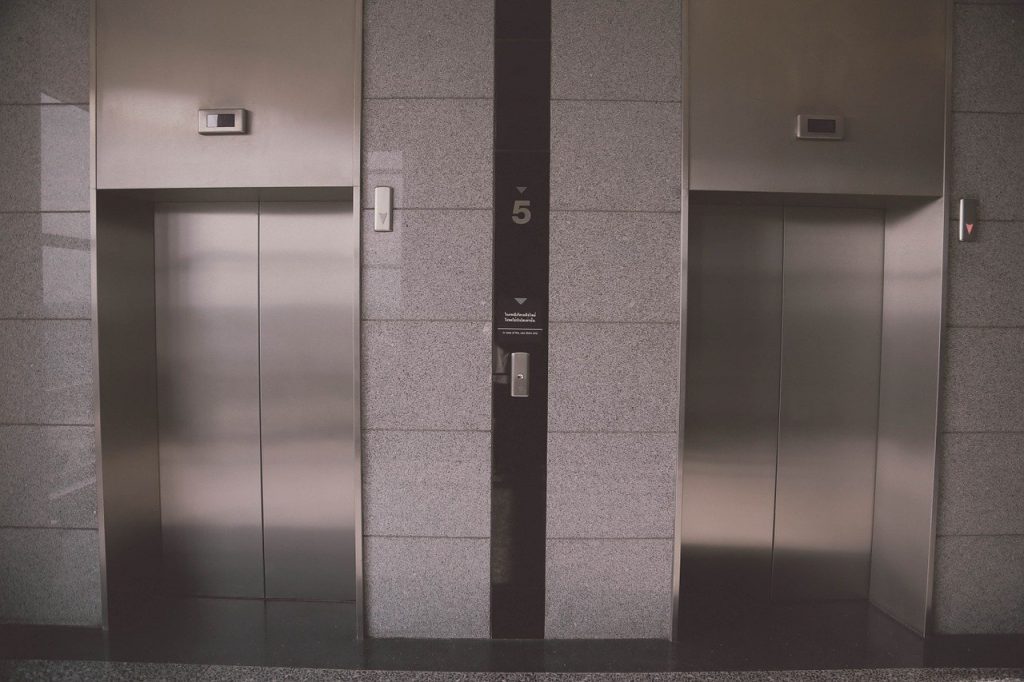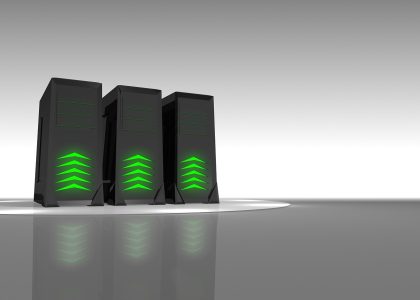
In these modern times, everything is changing, especially in fields such as technology, industry and software etc. The changes in these fields have resulted in even more changes in other sectors. For example, with Eze Lifts, a simple push on a button can take you to another area or floor. Lifts are necessary in any building that has over four floors. This invention not only provides an easy means of transport within a tall building for able bodied people but also for disabled people. So, we will now take a closer look at the elevator, the different types of elevators that exist as well as how they work.
The Elevator/Lift Defined
A lift is essentially an electrical based lift that vertically moves people or objects between the different floors within a building. This is typically done via counterweight system cables and electric motors to either raise a jack or other cylindrical piston, drive a hoist etc.
These can be used in many different areas from manufacture to agriculture etc. There are different types of lifts and they are also utilised in construction zones that are many stories high. They are particularly effective where ramps can’t be installed.
How Do They Work?
The inner workings of a lift is quite like a pulley system. Pulley systems have been used for the simplest movements such as taking out water from a well. Typically, pulley systems are made up of a bucket, wheel and rope. The bucket is placed at the end of the rope and the rope goes through the wheel. This then makes it quite simple to obtain water from any well. Modern lifts utilise this same type of design with a few differences. Lifts utilise more sophisticated technology for dealing with load whereas a simple pulley system is used through manual effort.
A lift is basically a large metal box that has a very strong metal rope attached to it. This metal rope has to go through the elevator’s sheave within the engine room. This sheave is basically the wheel in the simple pulley system and it is meant to hold onto the metal rope as firmly as possible. Then, the entire system is powered by a motor. So, when the elevator’s switch is activated, the motor also activates so that the elevator can either go down, up and stop when required.
There are many other parts that make up an elevators such as an electric motor, shaft, doors, speed control system, cabin, rails, drive unit, safety device and buffers etc.
Lift Types
There are many different types of lifts such as pneumatic elevators, traction elevators, machine room less elevators, capsule lifts, passenger lifts, residential elevators and more.
- The Hydraulic Elevator
This type of elevator is powered by a piston that moves inside of a cylinder. The movement of the piston occurs due to the hydraulic oil being pumped to the cylinder. This causes the elevator to lift and the hydraulic oil itself is easily controlled via a valve (electric).
- The Traction Elevator/Cable Driven Elevator
This is the most well known and popular type of elevator that exists. It is made up of the strong steel ropes or cables and hoisting ropes that are connected to a pulley and motor. This is a gear-less type of elevator and it has many different types of cables and wires which are attached to the lift’s surface. This is done in a manner where they are attached to a counterweight on one end and the sheaves on the other. This allows the elevator to move on the guard rails in a vertical fashion, either up or down as needed.
- The Pneumatic Elevator
This type of lift has an external clear cylinder that supports itself. There are different modular sections within it. A steel material is used at the top of the tub so that it is completely air tight when needed via suction valves and inlets. Inside of the cylinder there is a lift car and at the top of the cylinder there are turbines, valves and controllers, which help in controlling the lift.




